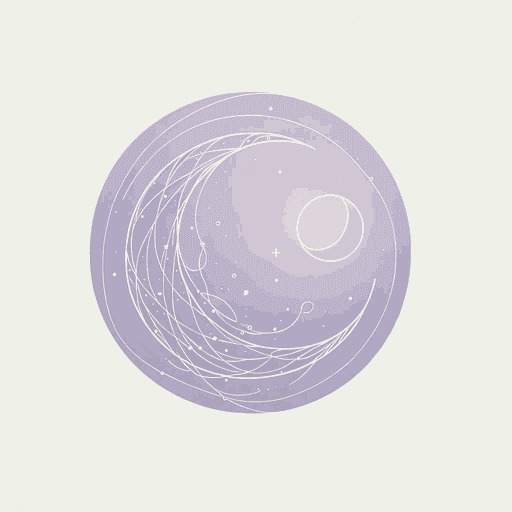30 pages • 1 hour read
John KeatsEndymion: A Poetic Romance
Fiction | Poem | Adult | Published in 1818A modern alternative to SparkNotes and CliffsNotes, SuperSummary offers high-quality Study Guides with detailed chapter summaries and analysis of major themes, characters, and more.
Symbols & Motifs
The Moon
The moon, as a celestial object and embodied as a woman, symbolizes beauty. In the first stanzas, Keats lists things of beauty that inspire joy, including “the sun, the moon” (Line 13). The moon is also associated with poetry (poesy), such as in the second stanza—“so does the moon, / The passion poesy” (Lines 28-29)—and in Stanza 16: “who cons / Sweet poesy by moonlight” (Lines 368-69). Additionally, the moon motif develops the theme about the nature of dreams. The speaker describes the dreams that occur during sleep as having “Echoing grottos, full of tumbling waves, / And moonlight; aye, to all the mazy world / Of silvery enchantment!” (Lines 459-461). The moon is associated with the color and metal silver, as well as magic. The main example of the moon’s “enchantment,” or magic, in the poem is her ability to become embodied as a woman in Stanza 22.
The moon is connected with water (another important symbol in the poem). Another example is when Endymion first sees the moon, as a celestial object, in his vision. He says, “The loveliest moon, that ever silver’d o’er / A shell for Neptune’s goblet” (Lines 592-93). Neptune is the god of the sea, and the moon shines over the sea.
Related Titles
By John Keats
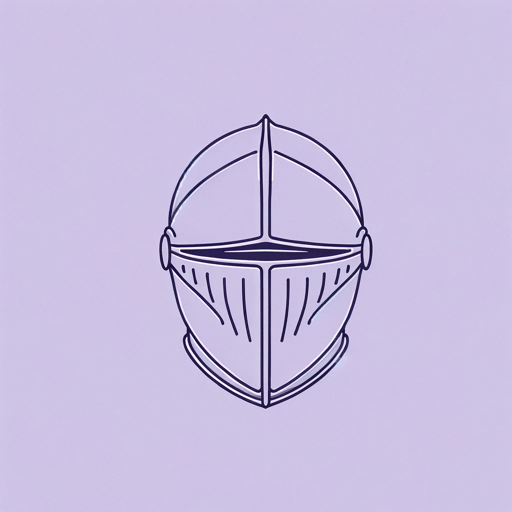
La Belle Dame sans Merci
John Keats
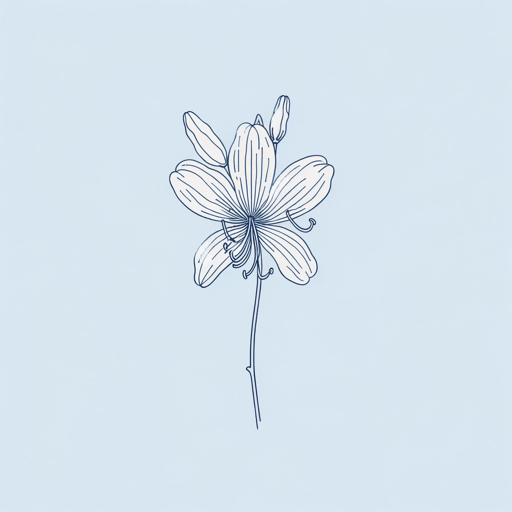
Meg Merrilies
John Keats
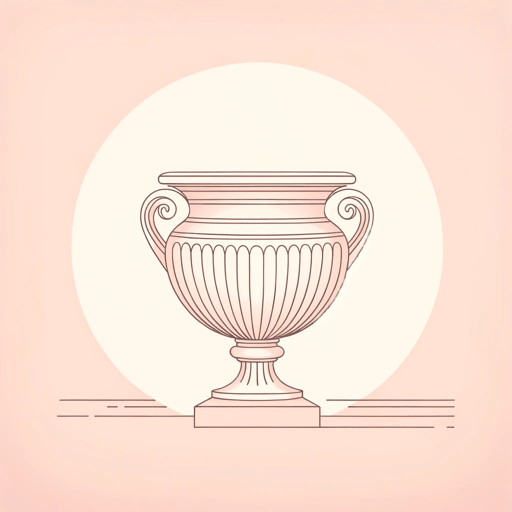
Ode on a Grecian Urn
John Keats
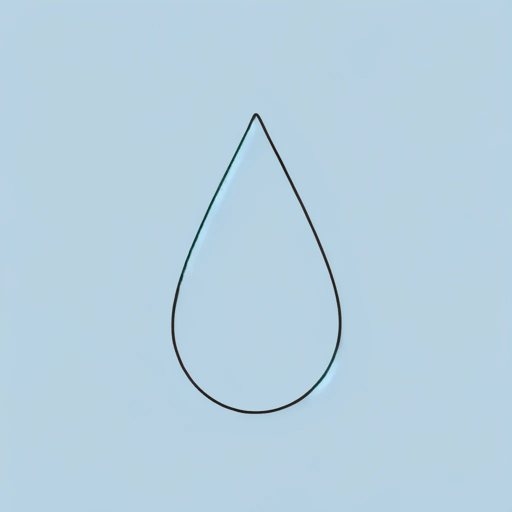
Ode on Melancholy
John Keats
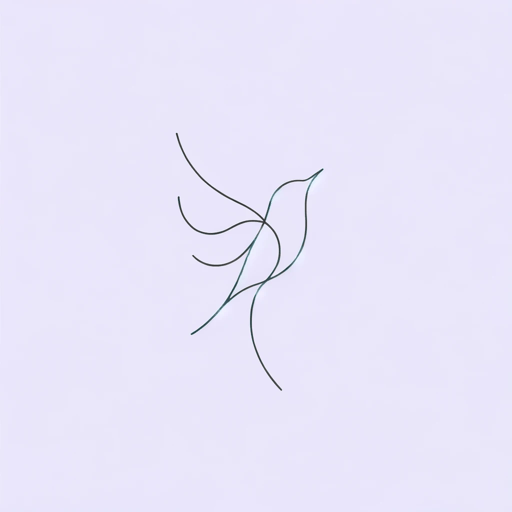
Ode to a Nightingale
John Keats
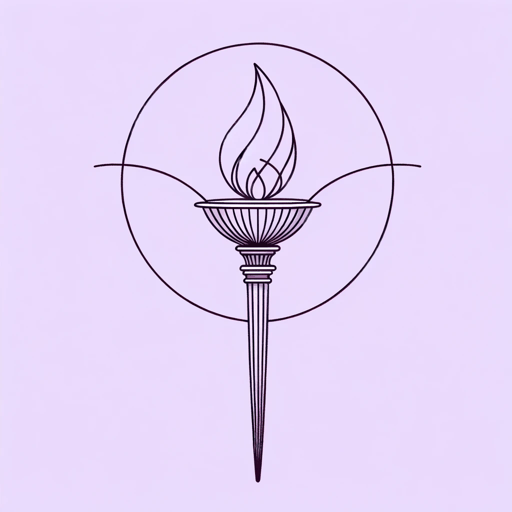
Ode to Psyche
John Keats
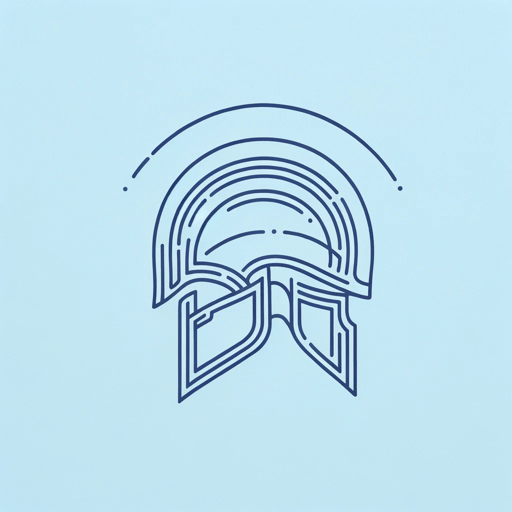
On First Looking into Chapman's Homer
John Keats
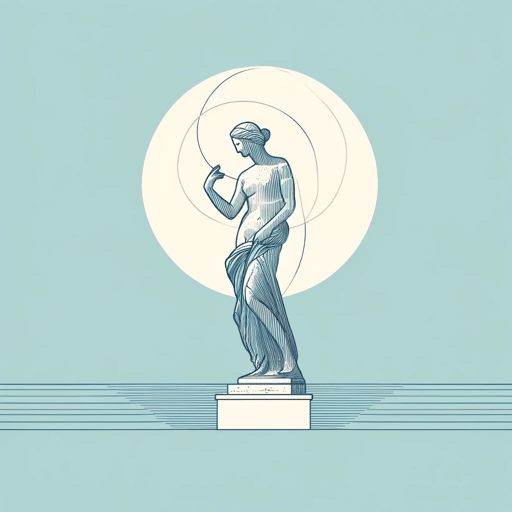
On Seeing the Elgin Marbles
John Keats
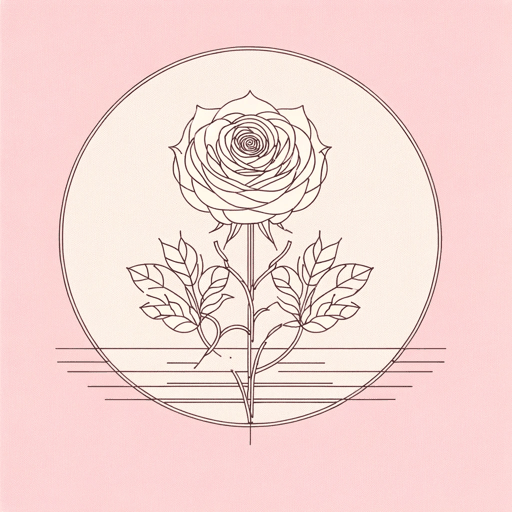
The Eve of St. Agnes
John Keats
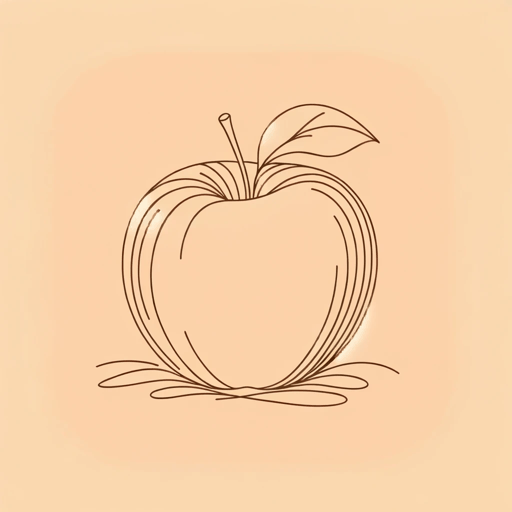
To Autumn
John Keats
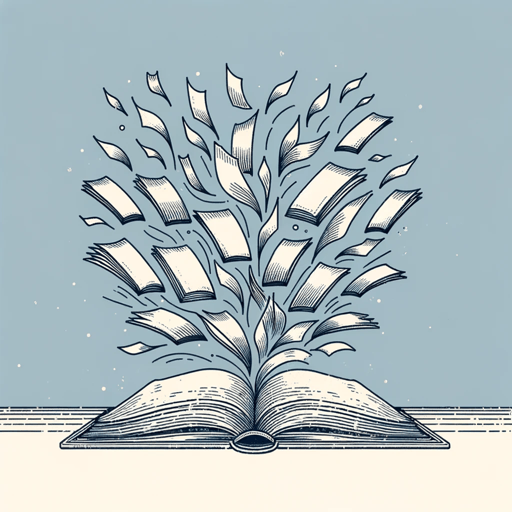
When I Have Fears That I May Cease to Be
John Keats
